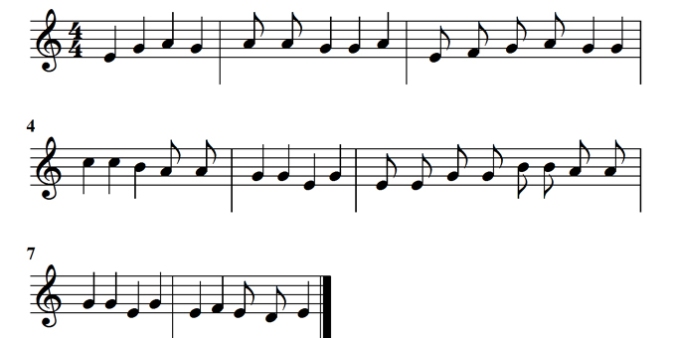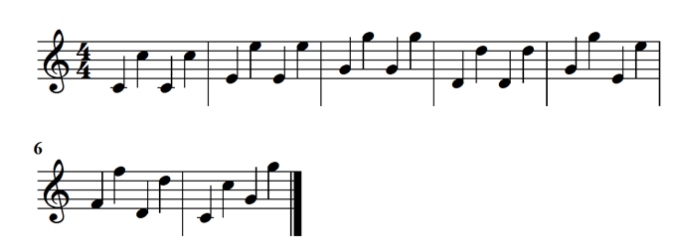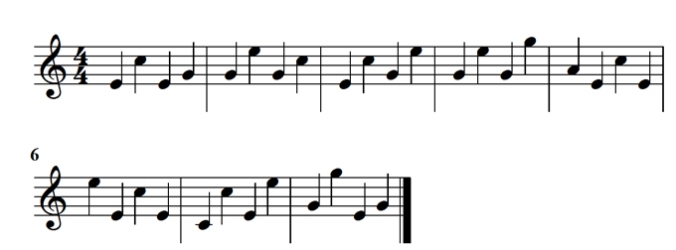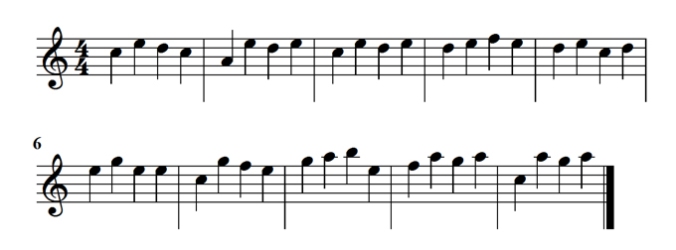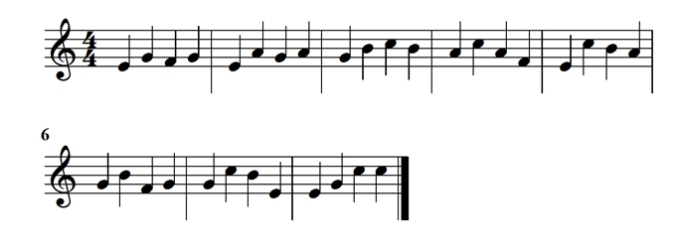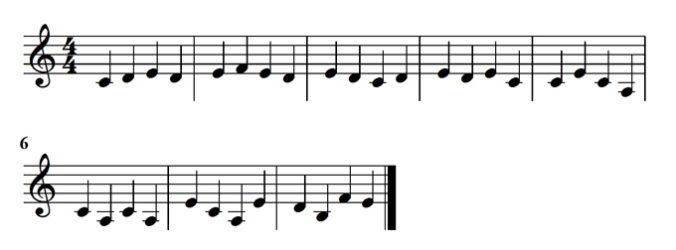
Free piano lesson about Accidentals: Sharps
Up till now, you have been using only the white notes on your keyboard, or the “easy” notes. Now we’re going to begin using the black keys as we take a look at altered notes, called accidentals. Let’s begin with notes that are slightly raised, called sharps, notated with the “pound key” symbol: #
We usually take into account two sharps in an octave: C sharp and F sharp. In a C octave, these altered notes can be found on the first black note and the third black note.
On this staff, you can work solely on sharped notes.


